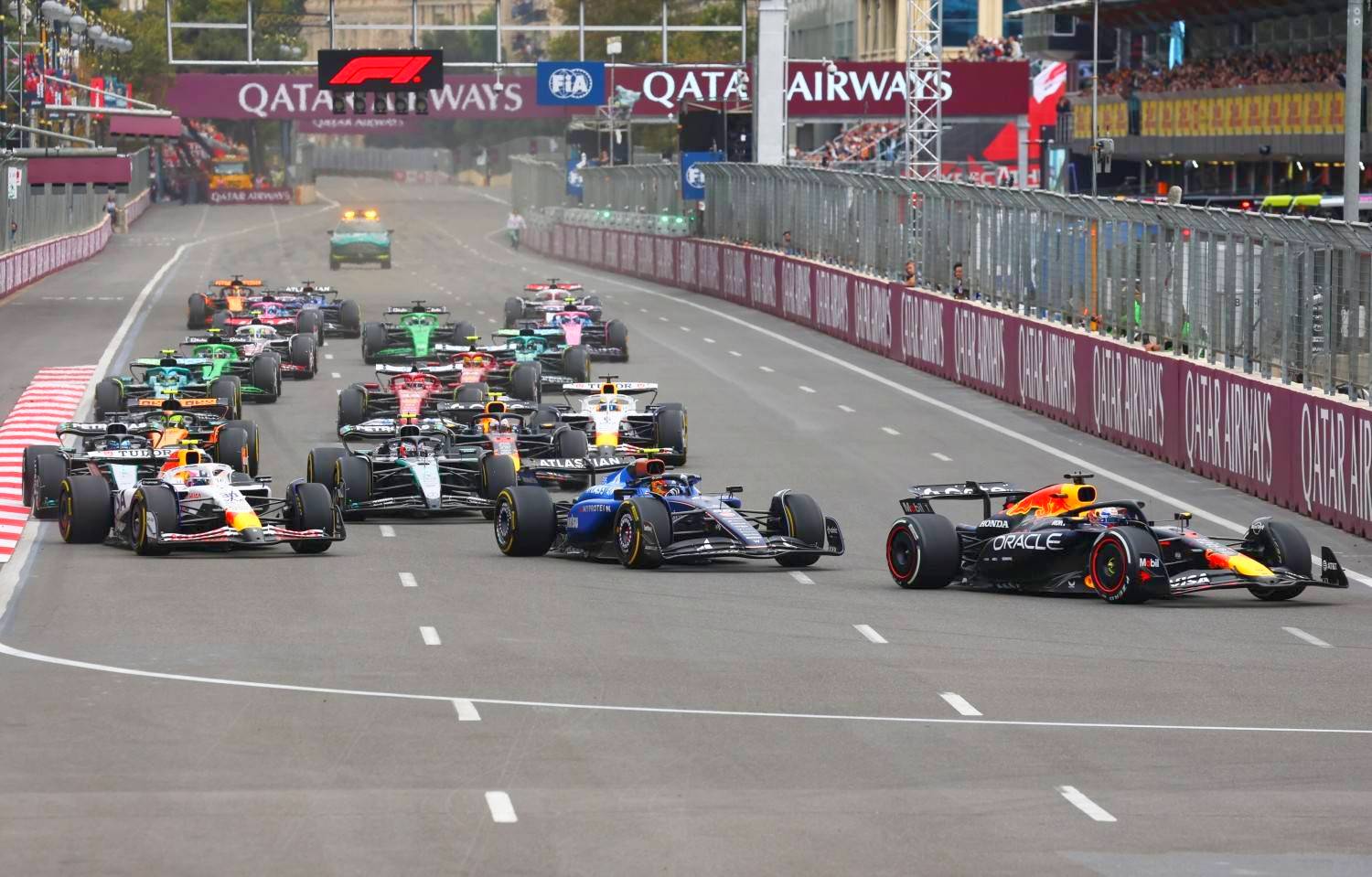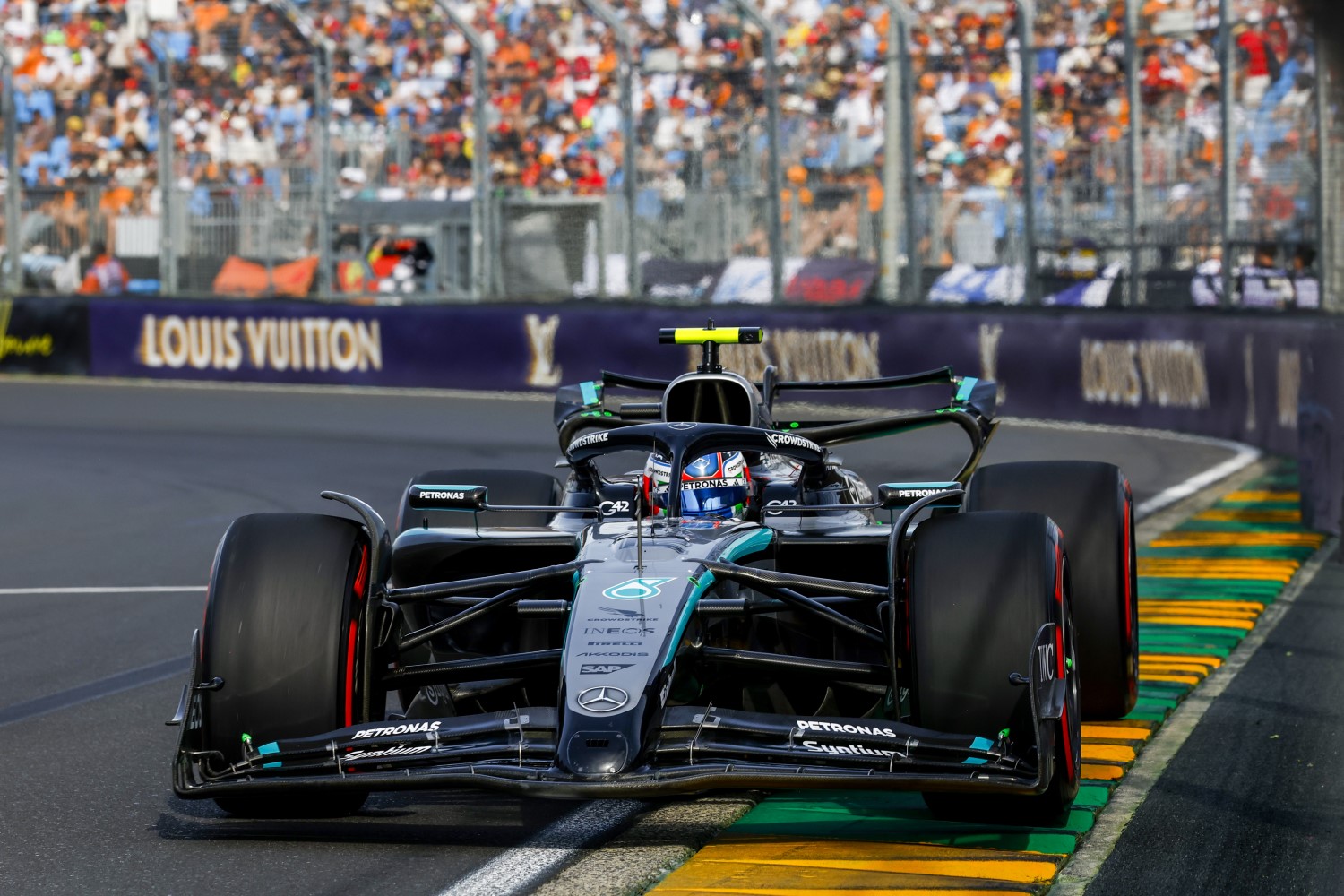Formula 1 News: DRS loses its bite as cars grow ever more efficient
(GMM) Formula 1 drivers are increasingly frustrated that overtaking has become harder again – and engineers admit the once-powerful DRS tool is now losing its effect.
At Baku, a track with a 2.2-kilometer flat-out blast, just 24 passes were recorded over 51 laps – seven of them at the restart. After that, the race largely locked up, with even the faster McLarens and Ferraris struggling to cut through the pack.

The ground-effect regulations introduced in 2022 were supposed to make following easier. And at first, they did.
But according to Mercedes engineer Andrew Shovlin, development since then has changed the balance.

“Cars have become increasingly efficient,” he explained. “So the car in front no longer leaves such a big hole in the air for the car behind. The slipstream effect is becoming smaller.”
That same trend also blunts DRS. As more downforce is generated from the floor, rear wings have shrunk. What used to be ‘Monaco wings’ are now rare even at high-downforce venues.
Smaller wings mean less drag in normal running – and less drag left to shed when DRS opens. “In Monza, the DRS had practically no effect at all, because the wing already offers hardly any drag in the upright mode,” Shovlin admitted.
“There’s nothing the DRS can destroy.”
